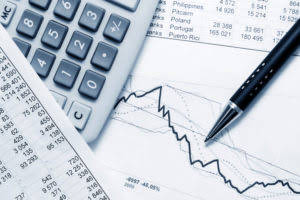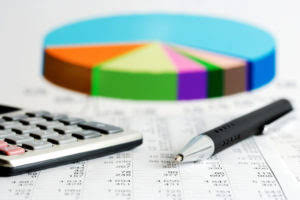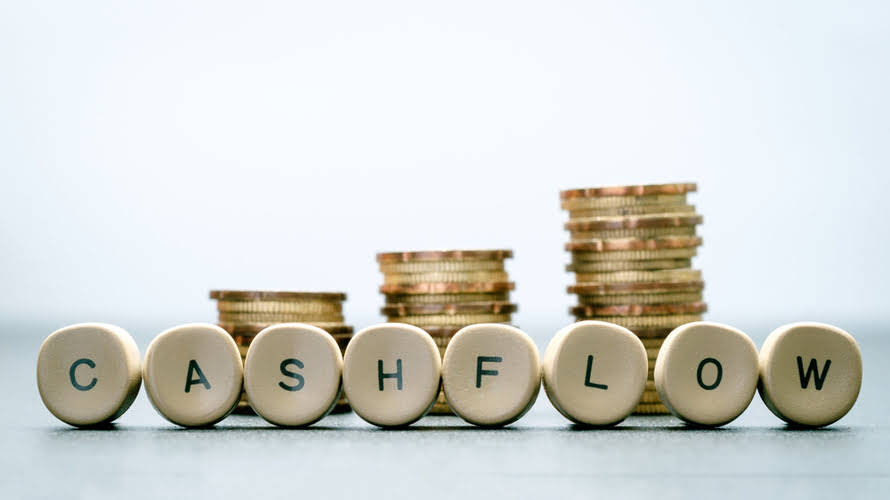
This is like having a blueprint for how many pieces of the pie can be created. Issued shares are the shares that have actually been sold to investors. The difference between authorized and issued shares represents the company’s flexibility to issue more shares in the future, perhaps to raise capital or for employee stock options. A company might have authorized 10 million shares but only issued 5 million. This gives them the option to issue the remaining 5 million shares later on.
Adjusting Historical Data
The shares become outstanding and can be traded on the open market when sold. Basic shares mean the number of outstanding stocks currently outstanding, while the fully diluted number considers things such as warrants, capital notes, and convertible stock. In other words, the fully diluted number of Stocks outstanding tells you how many outstanding stocks there could potentially be. Common stock is an equity account in a company balance sheet, representing the amount of money invested by shareholders in exchange for ownership. It is listed under the “Stockholders’ Equity” section and is considered a long-term account. Common stocks are represented in the stockholder equity section on a balance sheet.

Essential Financial Formulas You Should Know
- Diluted EPS, on the other hand, will always be equal to or lower than basic EPS because it includes a more expansive definition of the company’s shares outstanding.
- For example, let’s say you want to calculate the weighted average number of outstanding shares for a company over two reporting periods of 6 months each.
- Have you ever wondered what a share is really worth, beyond just the price you see quoted on the stock market?
- An analyst will want to know what the EPS was for just the 400 stores the company plans to continue with into the next period.
- Common stock represents a fundamental aspect of a company’s financial structure, signifying ownership equity on its balance sheet.
Analysts use variations of the basic EPS formula to avoid the most common ways that EPS may be inflated. For example, the share is issued at the cost of $100, and its par value is $20, which means you should have a minimum amount of $20 to purchase the shares. And so, for a loss-making company, potentially dilutive shares can be excluded if they are “anti-dilutive”. In other words, as in this example, those shares would not be counted if they improve results, which happens most frequently https://camper-huren-nieuwzeeland.nl/rd-management-fees-announced-for-fy-2026/ (though not invariably) when the company is not profitable.
- The stock dividend and stock split both affect the computation of weighted average shares outstanding for a period.
- In the example above, the EPS calculator showed that Tesla earned $3.98 per share.
- Evaluating the trend of this number provides useful insights to investors.
- However, due to the fluctuations in share counts between reporting periods, the figure is typically expressed as a weighted average.
- While often referred to as a single number, the common stock reported on a balance sheet is an accumulation of various transactions and components over the company’s operational history.
Finalizing Weighted Average
The buyback increases the market value of the existing shares in the open market. It also raises the company’s earnings per share figure (EPS) since earnings are divided by a smaller number of shares. A share repurchase generates a higher income per share, making each share more valuable. The number of authorized shares can be substantially greater than the number of shares outstanding since authorized shares represent the maximum possible number of shares a company can issue. The outstanding number of shares may be either equal to or less than the number of authorized shares.
How to Calculate Shares Outstanding?
We hope to provide a well-rounded, multi-faceted look at the past, present, the future of EdTech in the US and internationally. If you’re interested in learning about common stock, you may also in learning about the best broker available for your needs, so visit our broker center to discover the possibilities. Understanding a company’s financials is crucial to successful investing. Next, hit the calculate button, and the formula will fill to give you Tesla’s EPS calculation. EPS takes on added significance when factoring in non-recurring items like asset sales or restructuring costs, which can skew net income.

Basic and Diluted Shares Outstanding

The P/E ratio compares a company’s share price to its EPS, helping investors assess whether a stock is relatively expensive or inexpensive compared to its earnings. These ratios provide context for evaluating investment opportunities and understanding how the market values a company’s per-share financial performance. The first step in calculating the weighted average common shares outstanding is gathering share count data. This involves examining the company’s share structure, which can be found in the equity section of the balance sheet or in the notes to the financial statements. how to calculate outstanding shares of common stock Publicly traded companies are required by the Securities and Exchange Commission (SEC) to disclose their share count in quarterly and annual filings, such as 10-Q and 10-K reports. These filings are a reliable source for identifying the number of shares outstanding at various points during the fiscal year.
This account dynamically increases with net income and decreases with net losses or dividend payments. If a company earns $50,000 in net income and pays $10,000 in dividends, its retained earnings would increase by QuickBooks ProAdvisor $40,000. Understand how a company’s ownership equity is structured, calculated, and presented. Due to their voting rights, they have control of the company’s affairs and can vote and elect the directors. If the entity has good performance, these shareholders get very high returns, which comes with a huge risk loss if the stock price goes down or the company goes bankrupt. Shares Outstanding represent all of the units of ownership issued by a company, excluding any shares repurchased by the issuer (i.e. treasury stock).
Dividends are decided by the board of directors and need the approval of shareholders. Book value is based on historical cost, meaning assets are valued at what they were originally purchased for, not necessarily their current market value. A company might own a piece of land purchased for $100,000 years ago, but it could be worth millions today. This historical basis can make book value a conservative, and sometimes misleading, indicator. However, it can be helpful in identifying potentially undervalued companies – those trading at a significant discount to their book value.